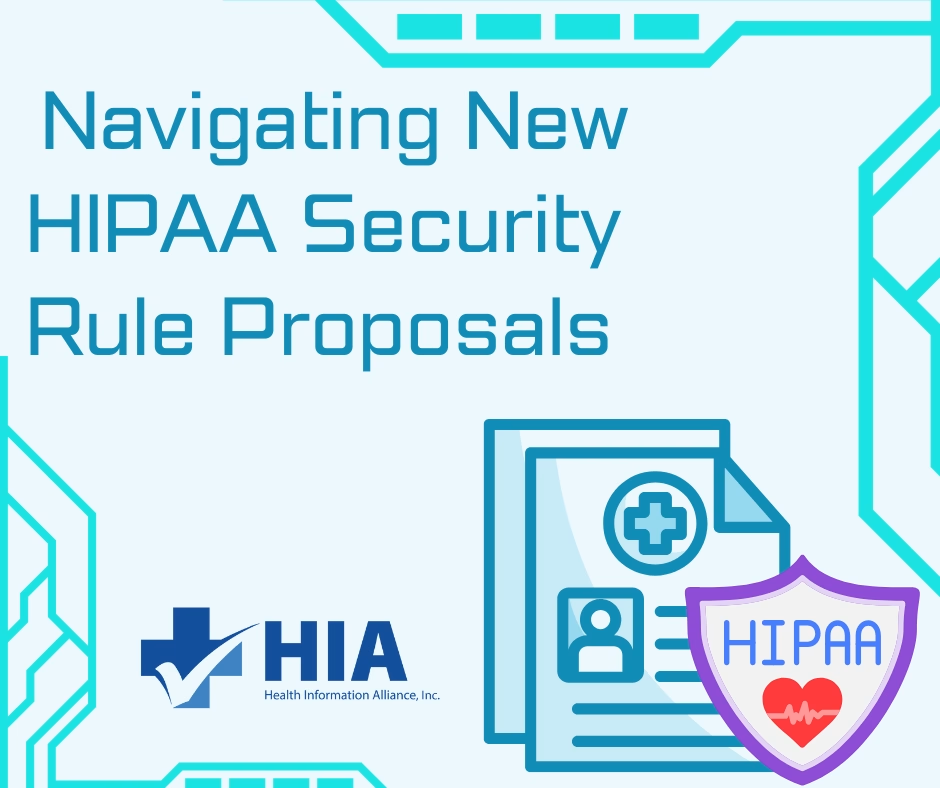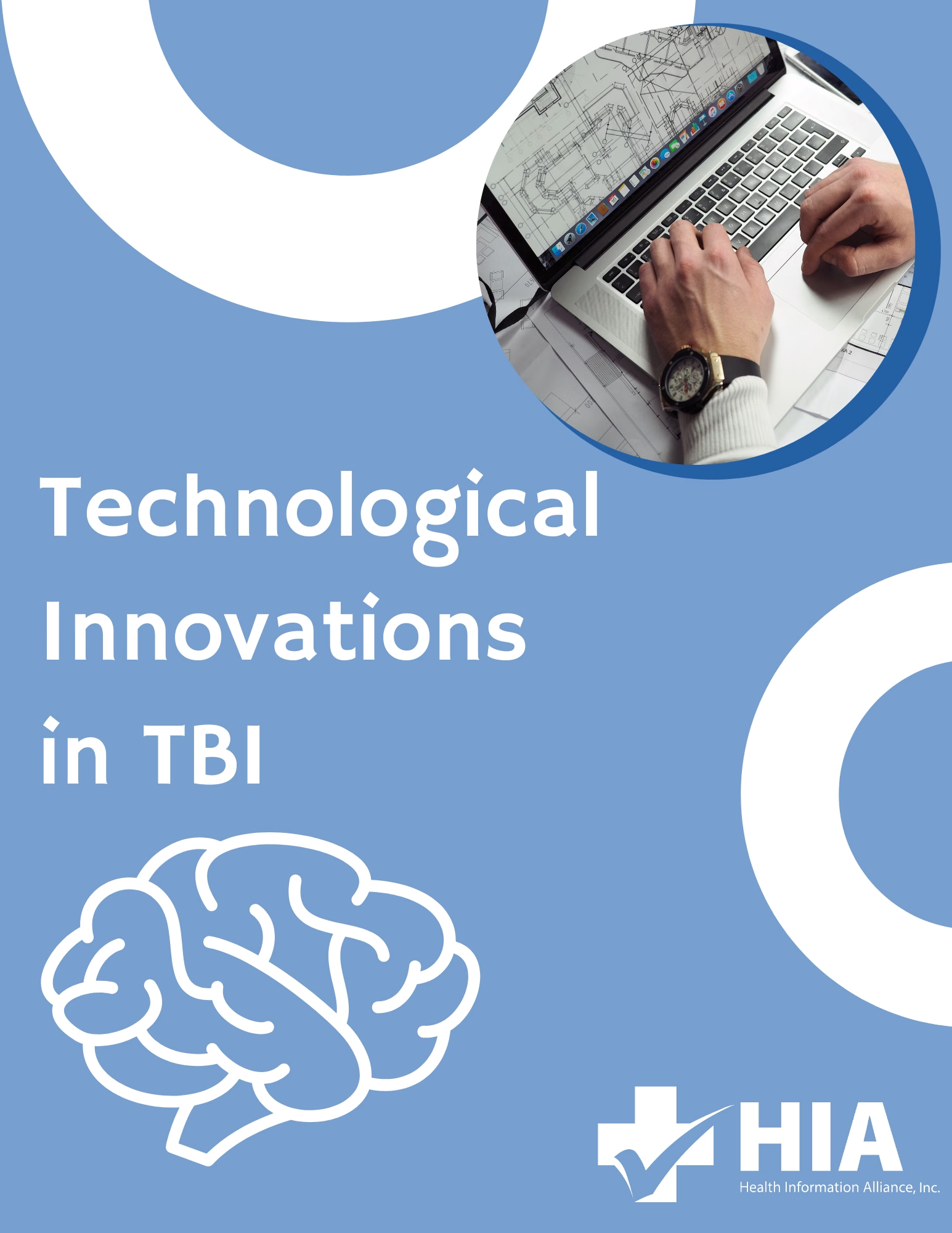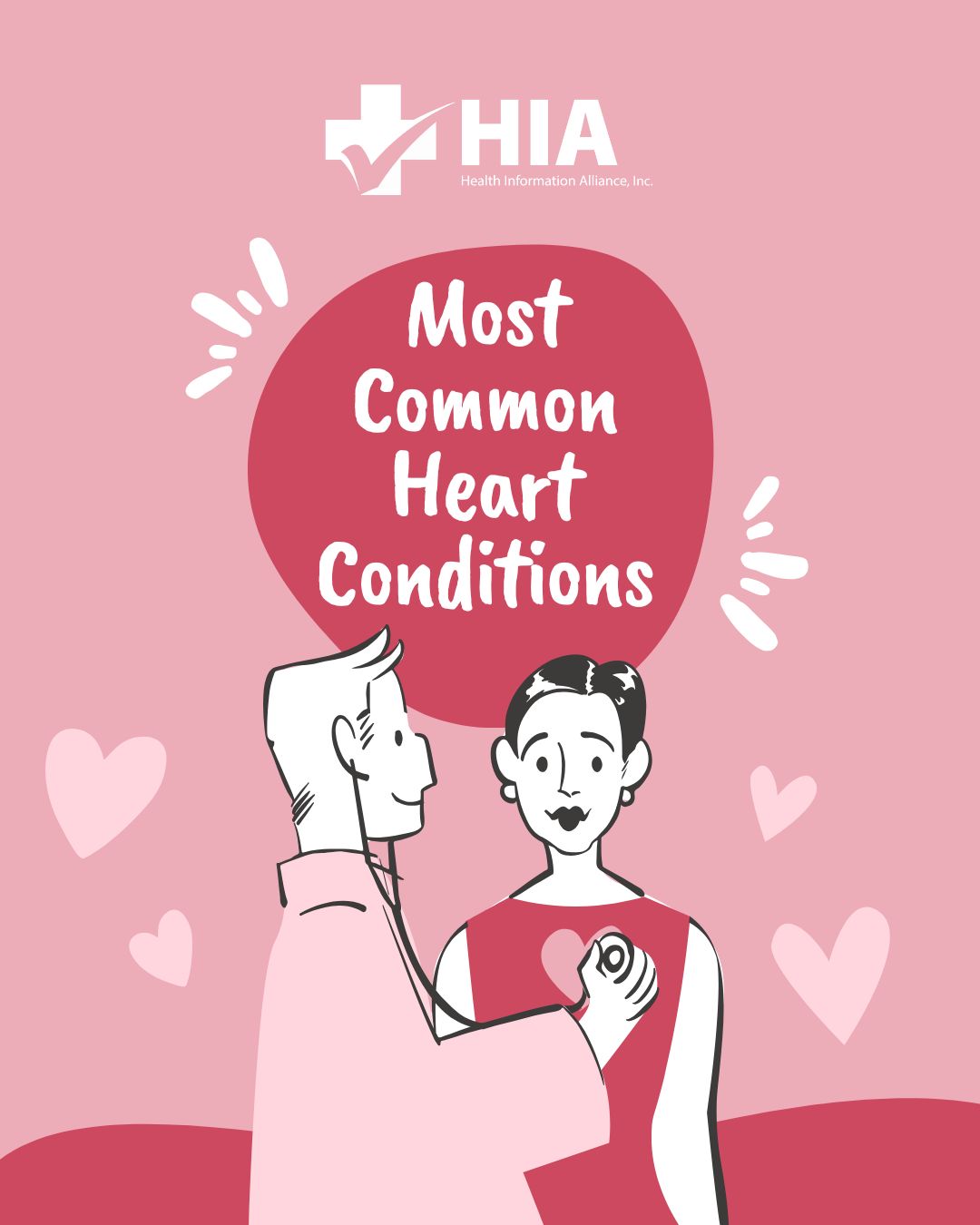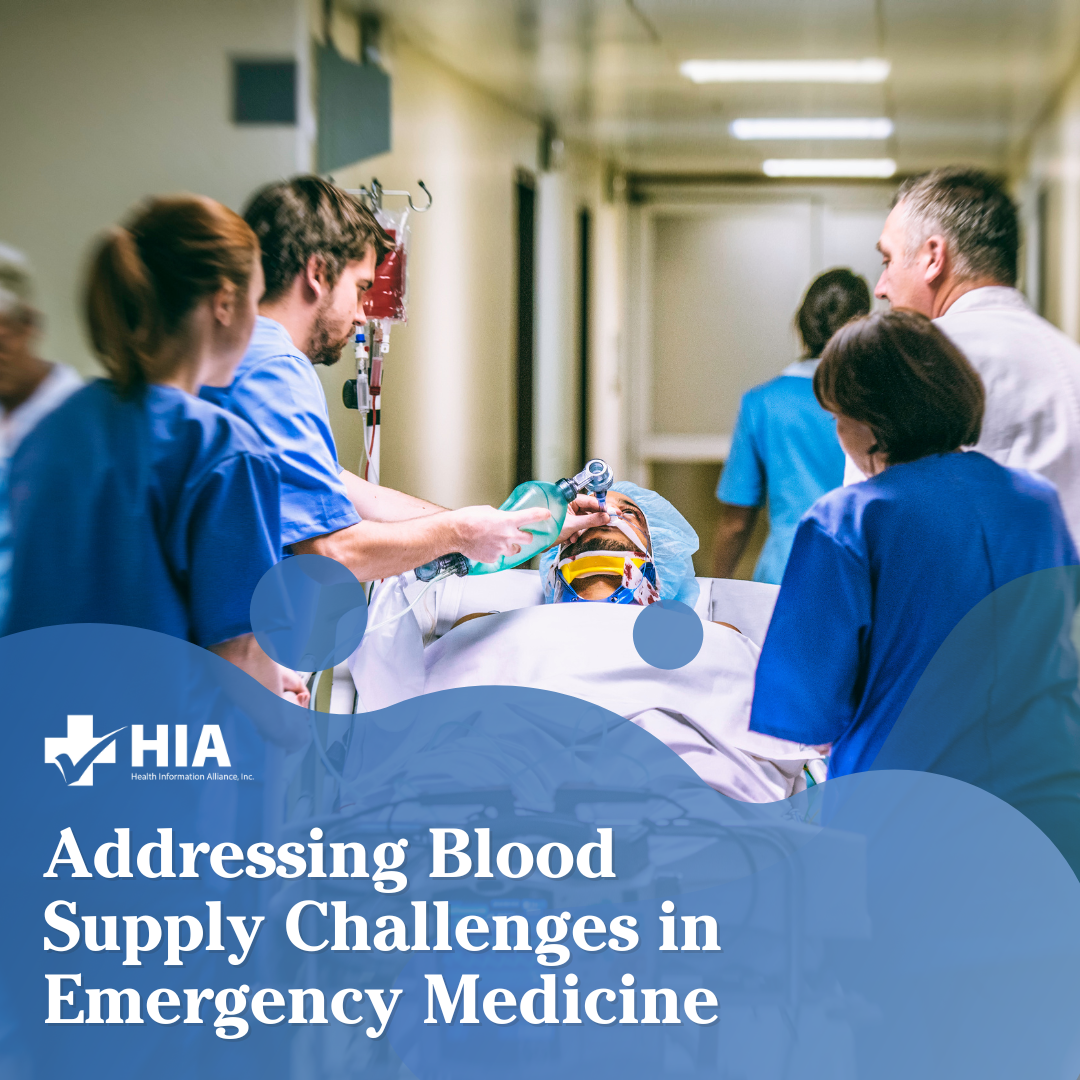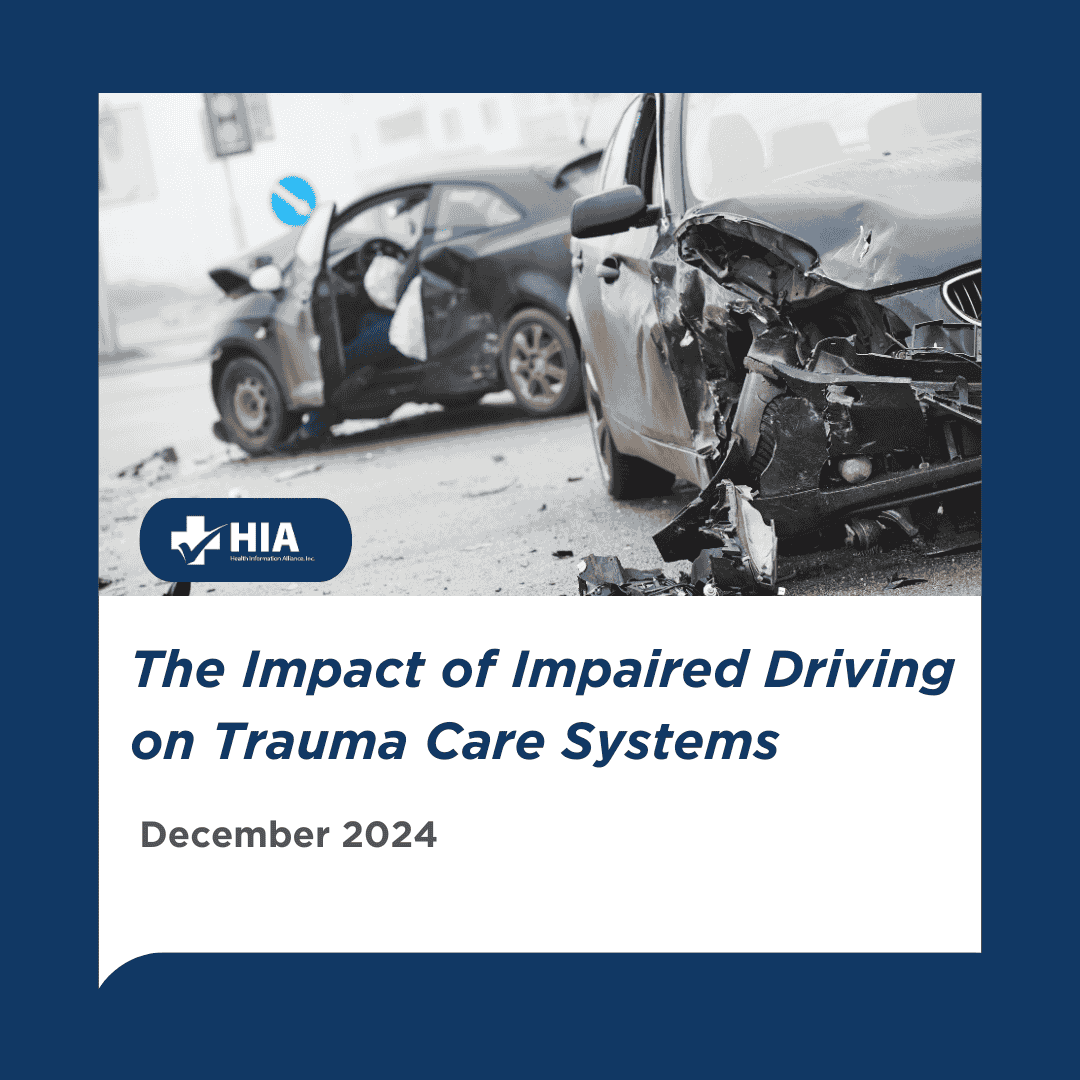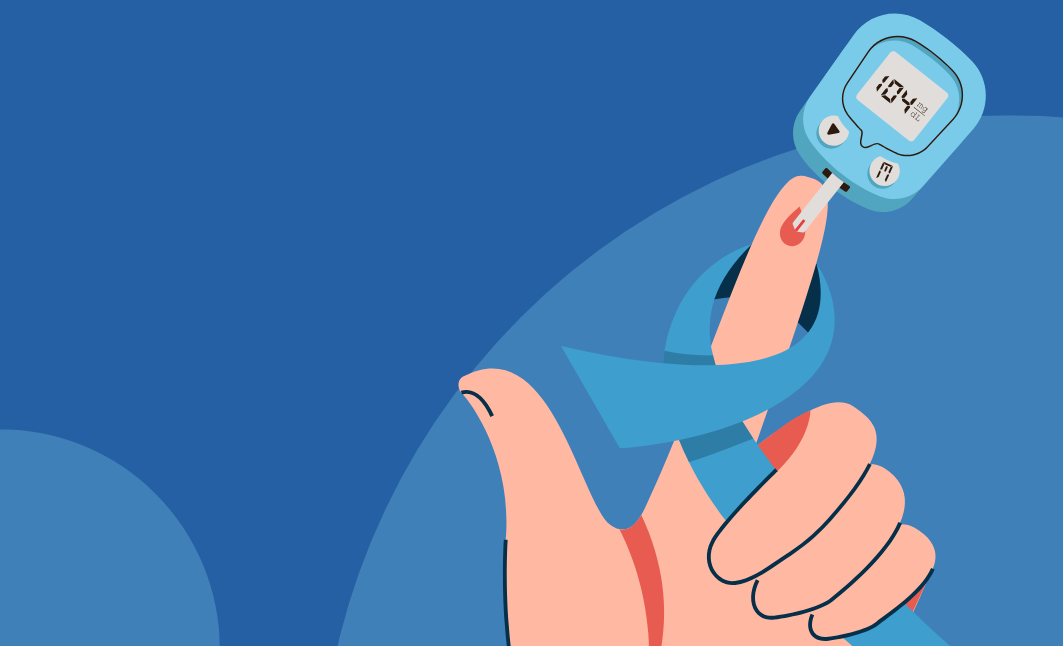Extracorporeal Membrane Oxygenation (ECMO)- ELSO
Extracorporeal Membrane Oxygenation (ECMO) is becoming a very frequent term and is now considered a mainstream lifesaving treatment modality in critical care medicine, notably indicated in severe heart or lung failure with 80% risk of mortality. With prolonged ECMO support, severe lung/heart injuries can recover to normal function. In the future ECMO will be automatically controlled with care out of ICU units.
What is ECMO and how does it work?
ECMO uses a man-made heart and lung to support a patient when his own organs are too weak to function. It is similar to a by-pass machine used in open heart surgery. At first, one or two cannulas (large tubes placed in arteries or veins) are placed in the patient’s neck and/or groin(s). The cannulas allow blood to be taken out of the body and pushed through the ECMO circuit (tubing). Once the blood leaves the body and enters the ECMO tubing, it is pumped through an oxygenator, or artificial “lung,” where oxygen (O2) is added to the blood and carbon dioxide (CO2) is removed. The treated blood is then warmed before returning to the patient’s body to match its temperature. This method permits the blood to bypass the lung and heart and give them a chance to rest and heal. The two types of ECMO methods are, Venoarterial (provides support for both heart and lung) and Venovenous (supports only lung where the heart can resume its routine functions) (Extracorporeal Life Support Organization [ELSO], 2021).
ECMO’s Role and Impact:
According to Ratnani et al. (2018), the use of ECMO has been exponentially increasing over the last decade. The fairly new adoption for ECMO has been seen in right heart failure cases and also being used as a rescue therapy for both sepsis and post-organ transplantation. ECMO is most suitable in critical care situations where heart and lungs are involved and function of these organs might have been impaired (Mayo Clinic, 2021). It is a potentially lifesaving, but complex procedure and does present some health risks such as excessive bleeding, infection, immobilization, pressure ulcers, etc. Generally, if a patient requires ECMO, the potential benefits outweigh the risks.
ECMO Team and Family’s Role:
The ECMO team, a group of specialized skilled force, includes the ECMO doctor, an interventional cardiologist, a cardiothoracic surgeon, a vascular surgeon, ECMO coordinator or primer, ECMO specialist, ICU nurse(s), and a respiratory therapist (ELSO, 2021). The team assesses the patient’s condition and decides the appropriate ECMO protocol. The treatment can last for days or weeks depending on the condition. The family and friends of the patient play an important role during ECMO hospitalization. They are encouraged to visit the patient often and stay connected with their loved ones.
ECMO History and ELSO:
In 1965, for the very first time, a heart and lung machine was used by Dr. Gibbon for a heart surgery. Soon after, Dr. Robert Bartlett, also known as father of ECMO, began his pioneer work in developing ECMO. In the 1970s, the ECMO research began primarily with adults but its first successful neonatal case was in 1975 in Irvine, California (The University of Iowa [TUI], 2017).
By 1986, there were 18 neonatal ECMO centers and 700 cases. These centers formed an association Extracorporeal Life Support Organization (ELSO) to define the guidelines, maintain the registry, provide education, and hold annual meetings (Bartlett, 2017).
ELSO has grown to be an international non-profit consortium of health care institutions who are committed to the development and evaluation of novel therapies for support of failing organ systems. ELSO plays a greater role in providing resources and education. These educational programs are available not only for active centers but for the outspread medical communities. More information regarding their educational offerings can be found at their website, www.elso.org/education.aspx (ELSO, 2021). ECMO 101 online course is a great way of understanding ECMO circuit, physiology, and patient management. Another highlight of ELSO is ECMO availability center map which shows all ECMO centers in the world with their capacity status. It can be very useful information if one is trying to find ECMO centers nearby.
ECMO treatment during COVID-19:
In the light of the current pandemic, ELSO has released an in-depth set of guidelines of ECMO for Covid-19 patients. These guidelines, developed by a global team of ECMO experts, ranges from patient selection criteria, cannulation and decannulation strategies, transport on ECMO, PPE, and staff protection strategies with ECMO to ethical dilemmas and quality (ELSO, 2021). Full Covid-19 registry dashboard is also available on ELSO website.
Future of ECMO:
Since the H1N1 epidemic in 2009, the rate of ECMO (433%—from 11.4 cases per million U.S. adult discharges in 2006 to 60.9 cases in 2011) has increased drastically and expected to continue rising (Ratnani et al., 2018). The next generation of ECLS pumps will emphasize more on automation and setting desired extracorporeal flow regardless of conditions (cough, activity, blood volume). Minimizing the need for anticoagulation is another objective (Bartlett, 2016). With more training and education, it is expected that overtime the ICU nurses will be more skilled and help lessen the time spent by ECMO specialists on each patient.
Reference:

